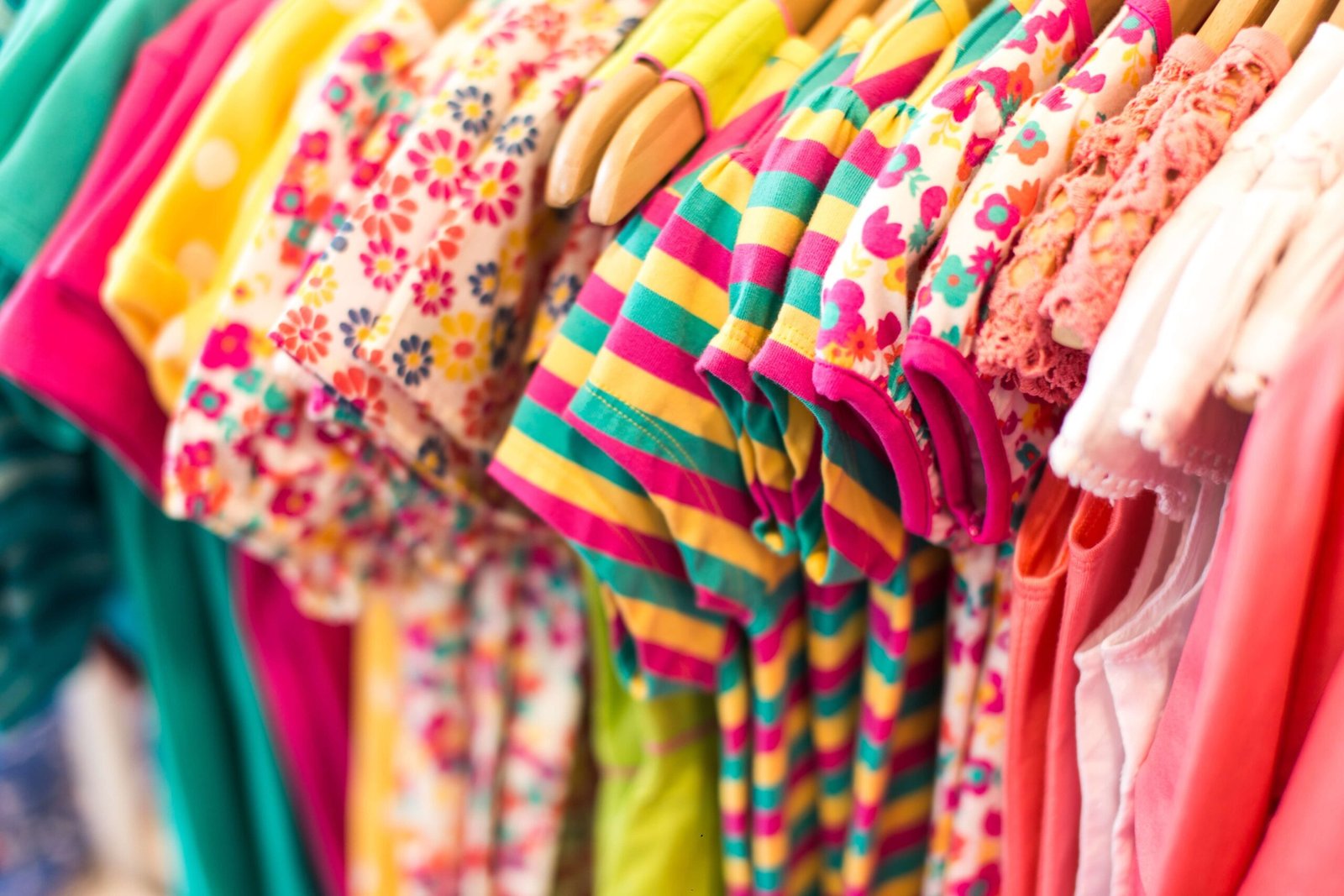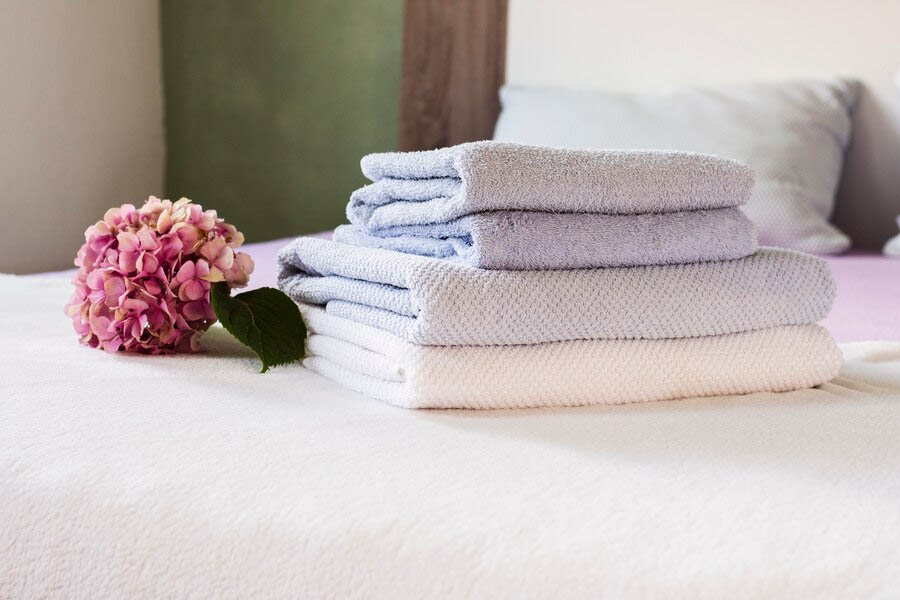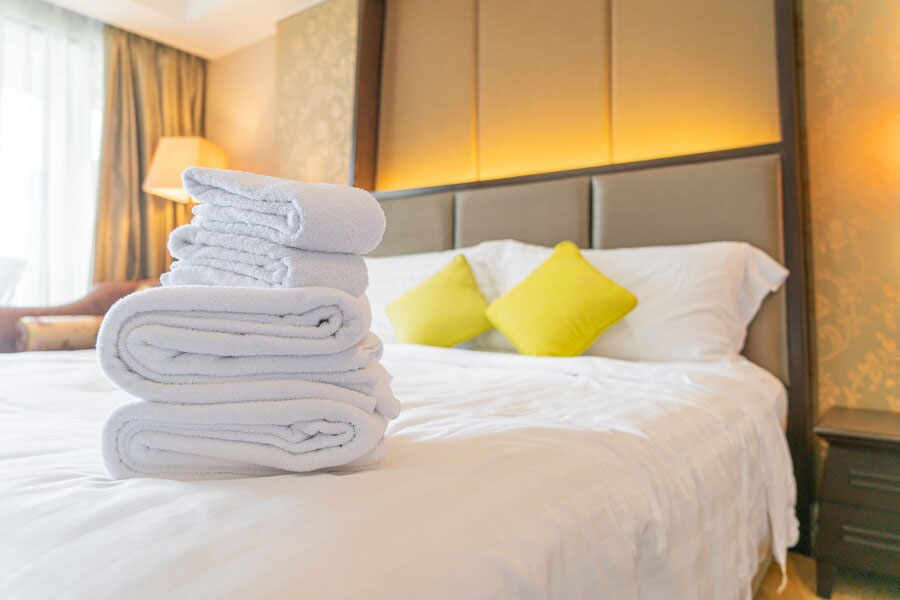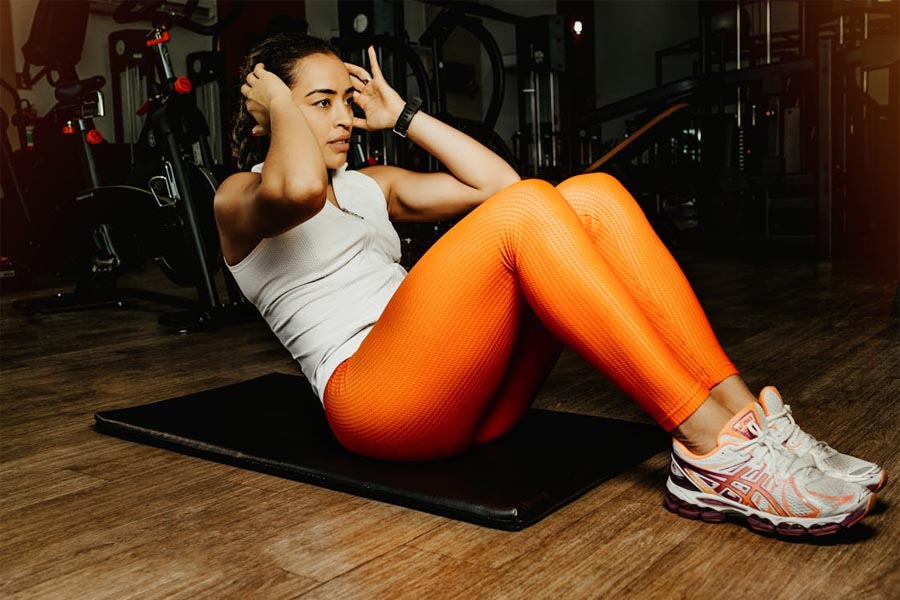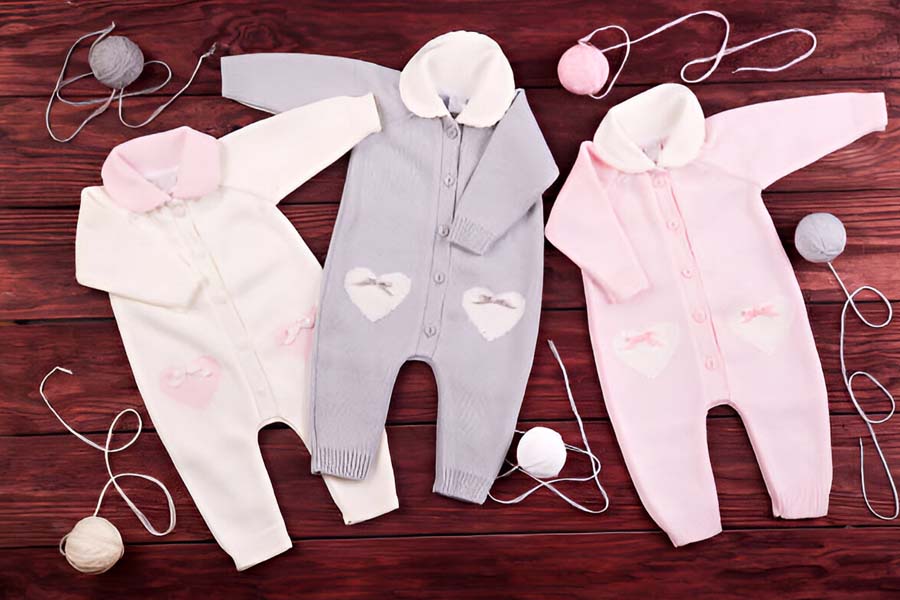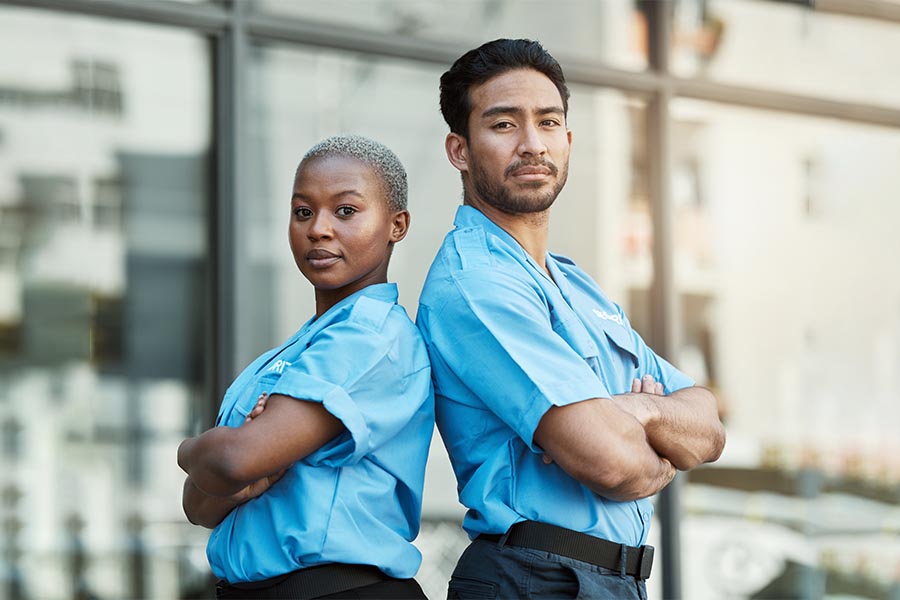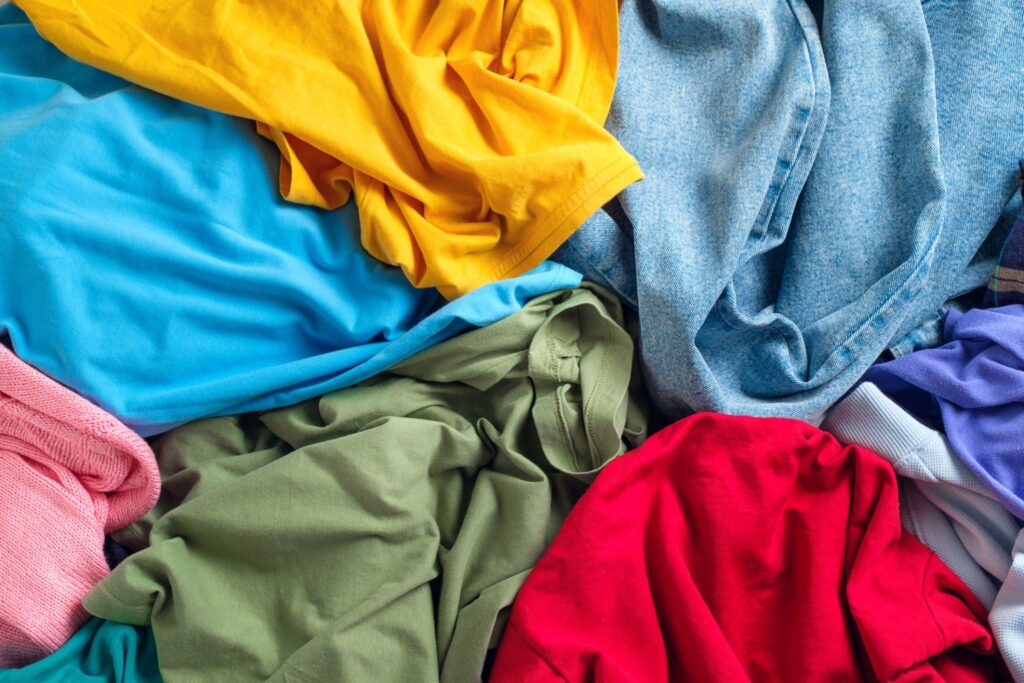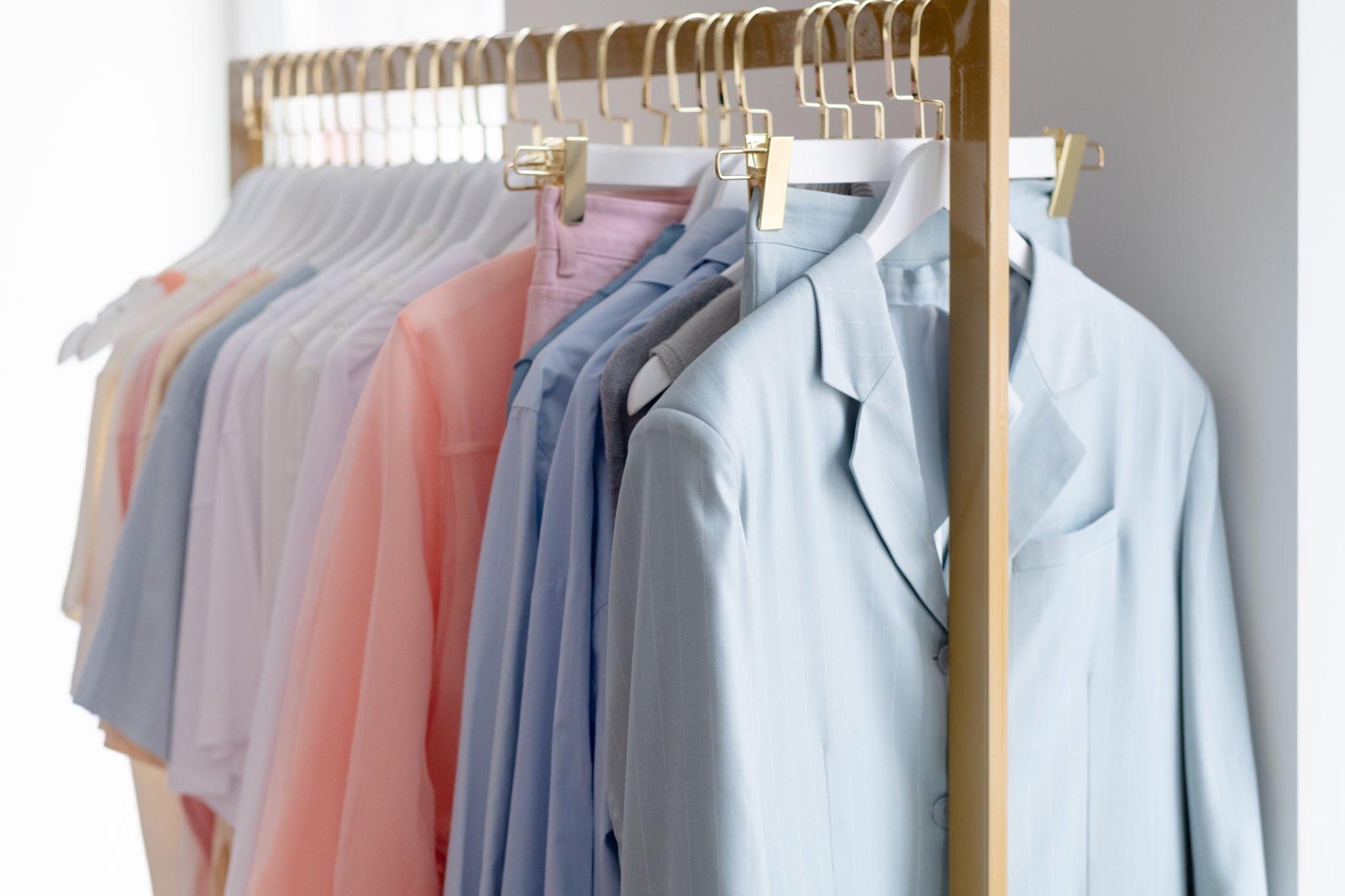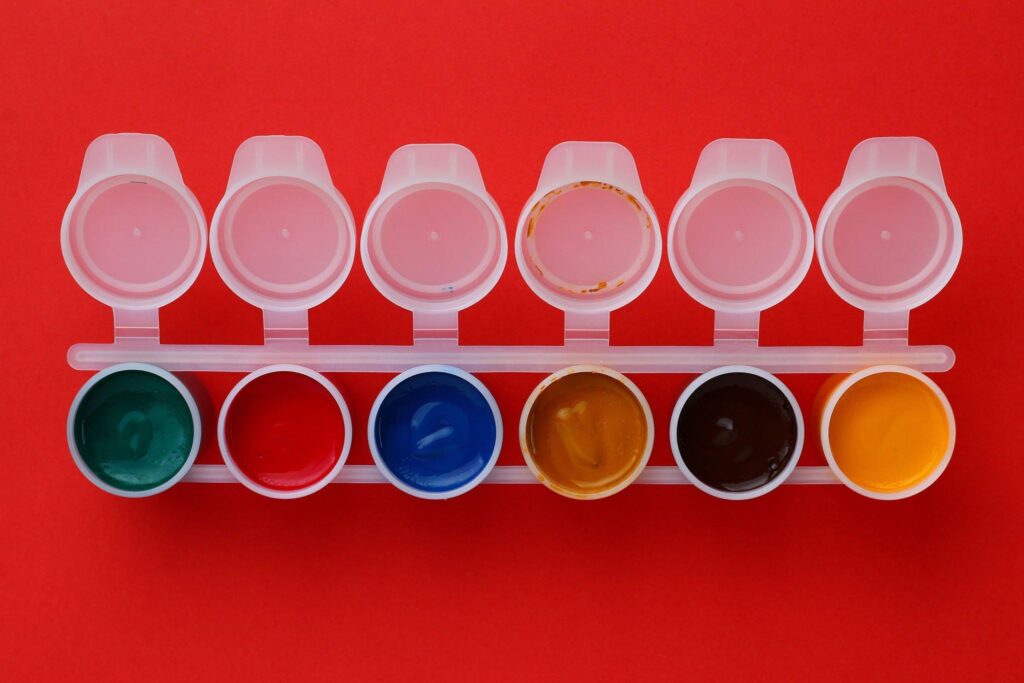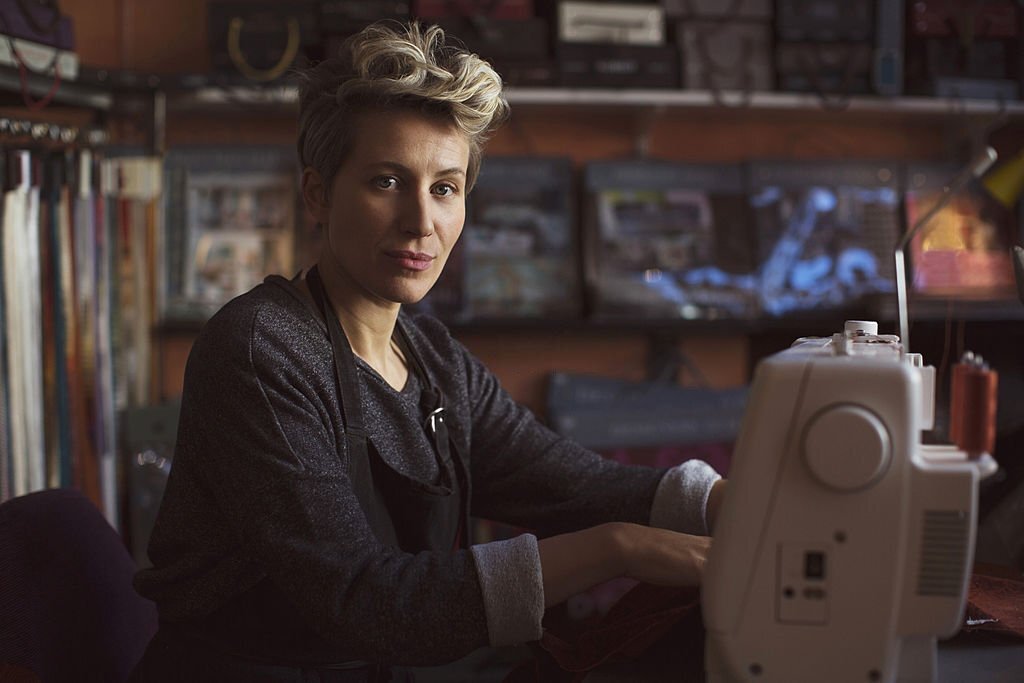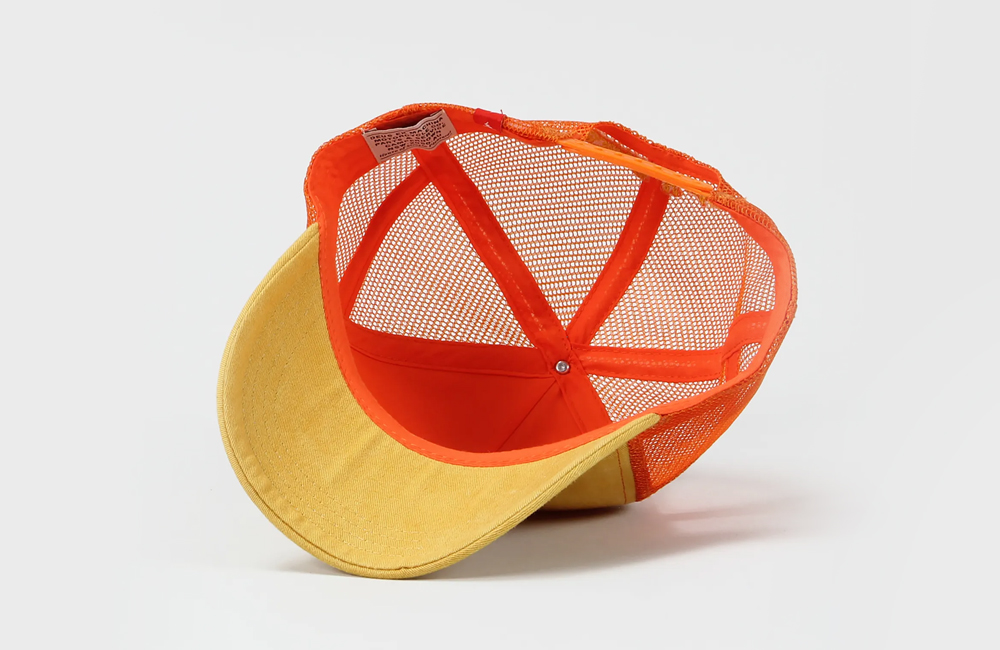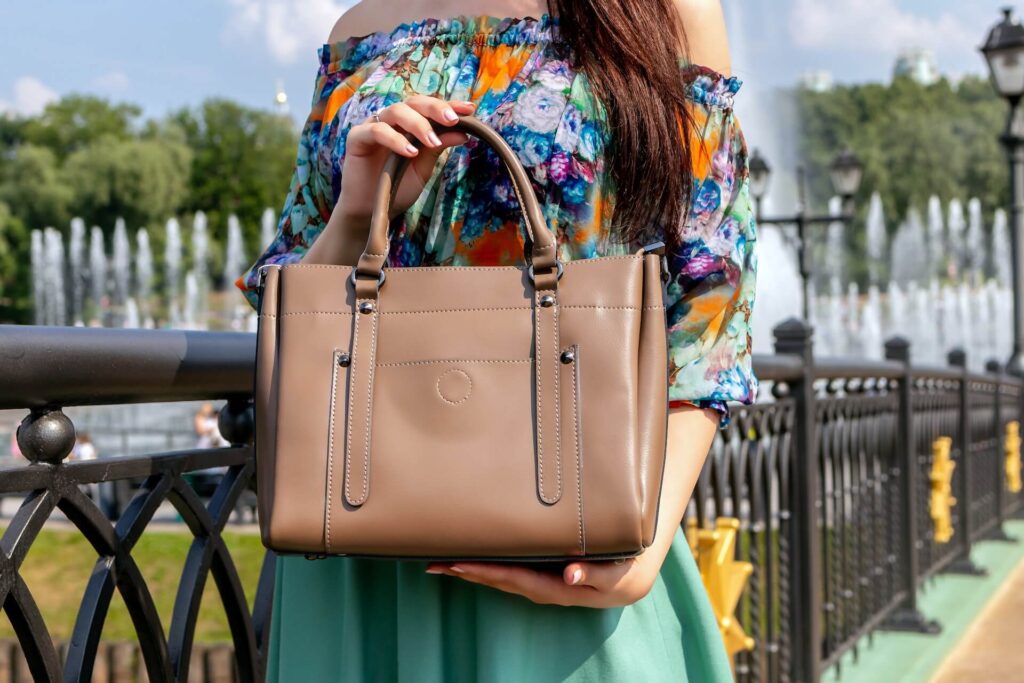It’s amazing how many people fail to recognize the significance of fabric. Of course, we all dress ourselves every day, and most of the time we don’t even give it any thought. Have you ever given thought to how many of your life’s most significant and routine experiences are tied to the use of fabric?
The fabric has a significant influence on not just how we live, but also how we feel, from your childhood blanket to your wedding dress to your favorite pair of worn-out jeans. A well-loved article of clothing may transport you back in time, whether it’s the sight, feel, or smell that takes you back to your first love or your favorite vacation spot.
Many people don’t give much thought to the process of making cloth, despite the numerous ways in which it is used in our daily lives. In reality, the process of transforming both natural and synthetic fibers into fabric is far more intricate than is generally assumed.
This article will discuss the processes involved in the extraction of fabric fibers and their subsequent processing into the textiles and apparel we are familiar with.
How To Make Fabrics In The Textile
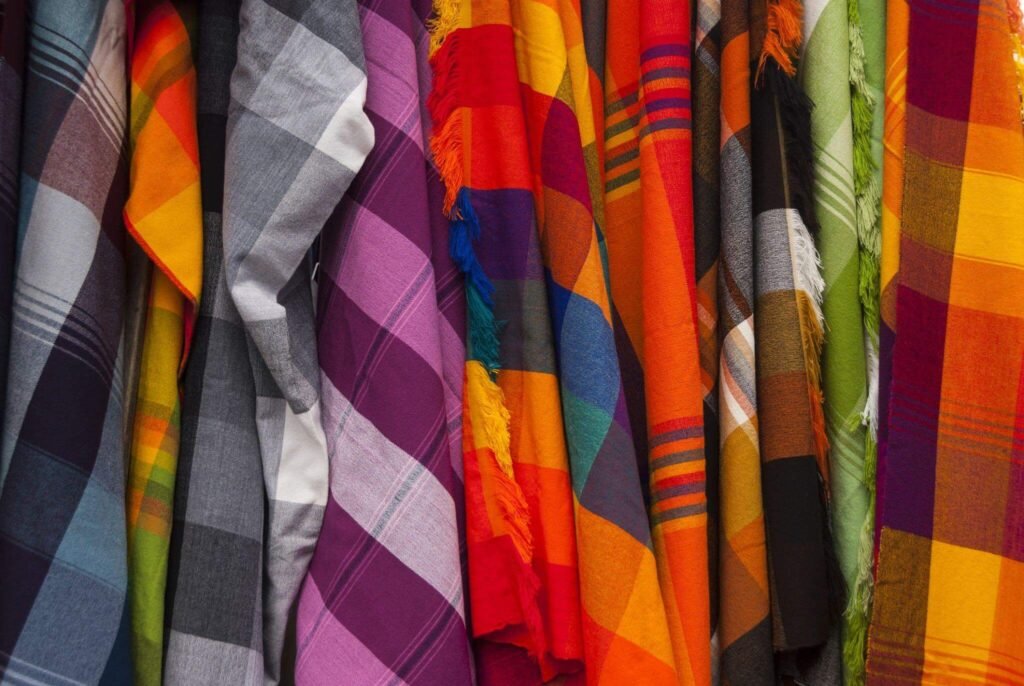
The world has relied on textile production for generations. However, the majority of people have no idea how everything fits together. Maybe it’s time you found out what goes into creating the clothes you wear.
Get ready to learn everything there is to know about the textile industry, from growing fiber to making finished clothing. The entire procedure of creating textiles.
Continue reading to discover the diverse sources of fabric and the processes involved in their production.
Steps Involved In Fabric Production
-
Fiber Source
The process of making textiles starts with the gathering of raw materials.
-
How Yarn Is Made
The fibers are washed, sorted, and mixed to make yarn.
-
How Are Fabrics Made?
You can use a loom to weave or knit yarn into fabric.
-
Wet Production
Fabric is cut into smaller pieces and dyed in different colors and patterns so that it can be used in sewing projects.
-
Putting Together Clothes
Putting together the pieces of fabric to make clothes by sewing them, checking the quality, and sending them out.
Let’s now discuss all these steps for fabric making in detail;
-
Fiber Source
The process of making clothes starts with the growth of natural textile fibers. The first step in making textiles is getting the raw fiber and figuring out where to get it. Plants, animals, or minerals are used to get fibers, which are then made into a long strand called yarn.
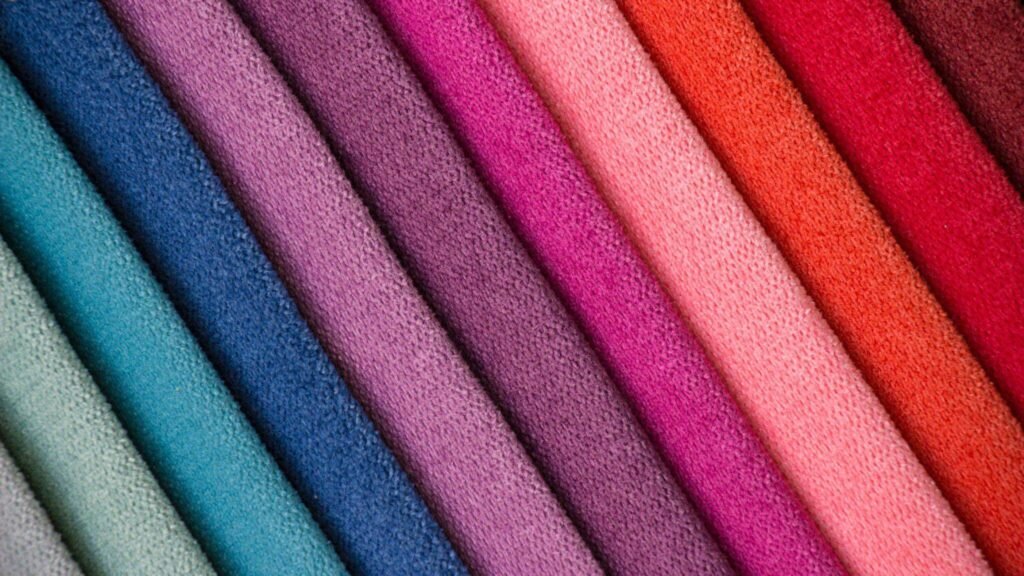
What kinds Of Fibers There Are?
Naturally available fibers are;
- Cotton
- Linen
- Wool
- Silk, etc.
But today, man-made fibers, also called synthetic fibers, are also used to make different fabrics like;
- Polyester
- Nylon
- Rayon
-
Making Of Yarn
Yarn manufacturing is the process of making yarn from raw materials so that it can be used to knit, weave, or crochet. To make yarn or thread, the raw materials are sorted, cleaned, and then mixed.
How Do You Make Yarn?
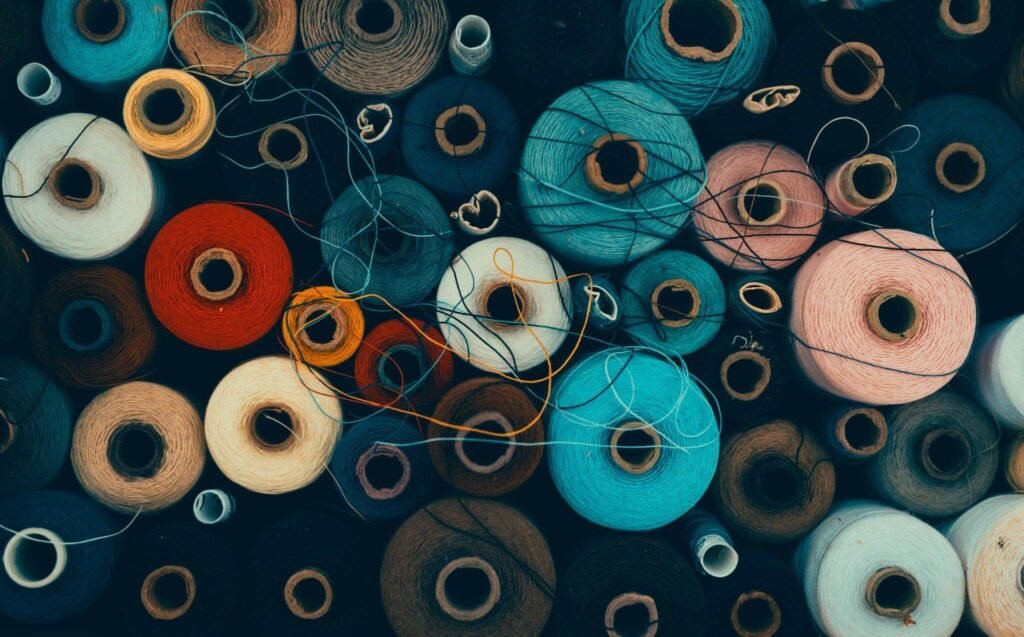
The process of making yarn is known as the “mother” of making textiles. Mainly fibers like wool, cotton, or synthetic fibers are spun together to make yarn. The process of making yarn is turning raw materials into yarn that can be used for;
- Knitting
- Weaving
- Crocheting
When it is used to sew, it can also be called “thread.” The yarn has been around since prehistoric times. It was first made from hair from animals that people hunted.
There are many kinds of yarn on the market today. Because people who make clothes have found ways to make them out of other things, like;
- Bamboo
- Hemp
- Basalt
The process of making yarn is very complicated and takes place in different factories depending on the type of yarn being made.
But the main idea behind how textiles are made is always the same.
The first step in making yarn is getting the raw materials ready. To make the final textile product, the raw materials must be sorted, cleaned, and then mixed.
Before spinning bamboo into sewing thread for knitting projects, people who work with wool or cotton must remove any small pieces that could contaminate a batch. Polyesters and rayons, which are made from petroleum, are made from synthetic yarn.
After the raw materials are ready, a process called “spinning” turns them into yarn. Spinning is done with machines that have steel bobbins on which fiber or spinning material called “roving” has been wound. Roving can be made from natural materials like cotton or wool.
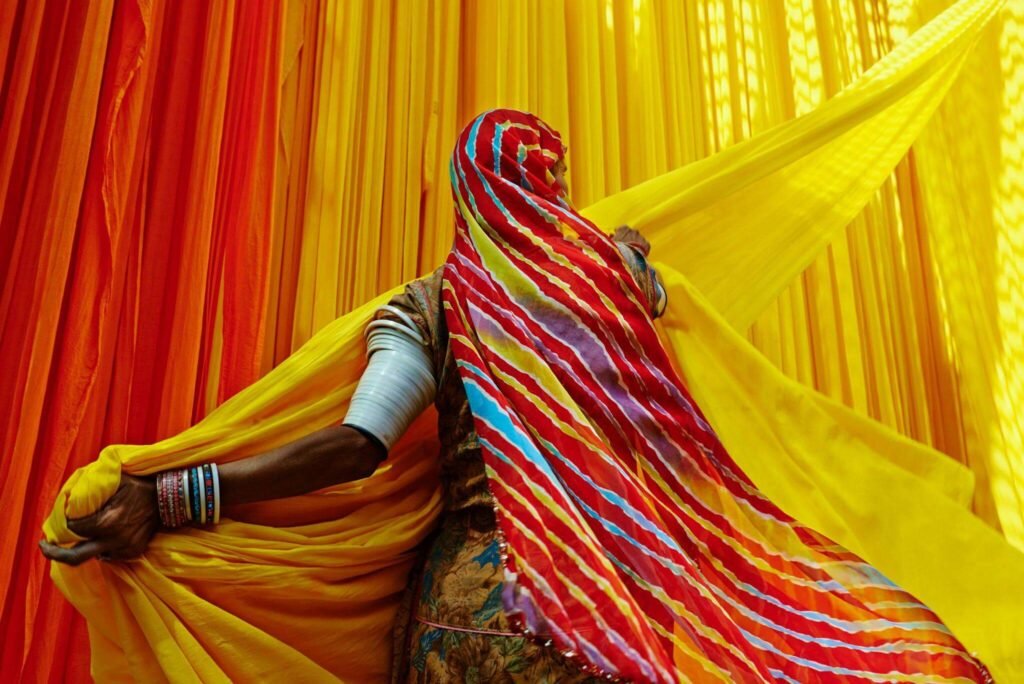
The Process Of Making Fabric
The next step is weaving, which is the process of fabric making. It is done by moving the yarn from one machine to another to make a long piece of fabric.
- Weaving is done with machines that cut the yarn into lengths.
- Then fed onto a loom with different types of threads or colors on different parts called harnesses.
- The loom is turned on and weaving begins, the lengths must be placed just right between the two sides of the heddles.
- Take off the looms and sewn them together to make a finished product.
The process to make fabric from raw materials like cotton, wool, linen, and silk is called fabric manufacturing. It turns natural fibers into yarns that can be used to knit and weave.
Weaving is done with machines that cut the yarn into lengths, which are then fed onto a loom with different types of threads or colors on different parts called harnesses. Once a piece of fabric is made, it is taken off the looms and sewn together to make a finished piece of fabric.
There are 4 types of fabrics made as;
- Woven fabric
- Knit fabric
- Nonwoven Fabric
- Braided Fabric
The Wet Method
Fabric wet processing is a way that textiles are dyed and finished. In the dyeing process, colorants are added to the make fabrics to change color. The wet processing step could be explained in more detail. The wet preparation steps are as follows:
- Fabric Inspection
- Stitching
- Desizing
- Scouring
- Bleaching
- Dyeing
- Printing
- Textile Finishing
Textile printing includes the use of inkjet printing on fabrics like;
- T-shirts
- Sweatshirts
- Aprons
- Children’s clothes, etc.
Finishing Of Textiles
It may involve using different textile auxiliaries to add extra properties like anti-pilling, stain-release, or flame-retardant treatments. That chemical is applied before it is packaged and shipped.
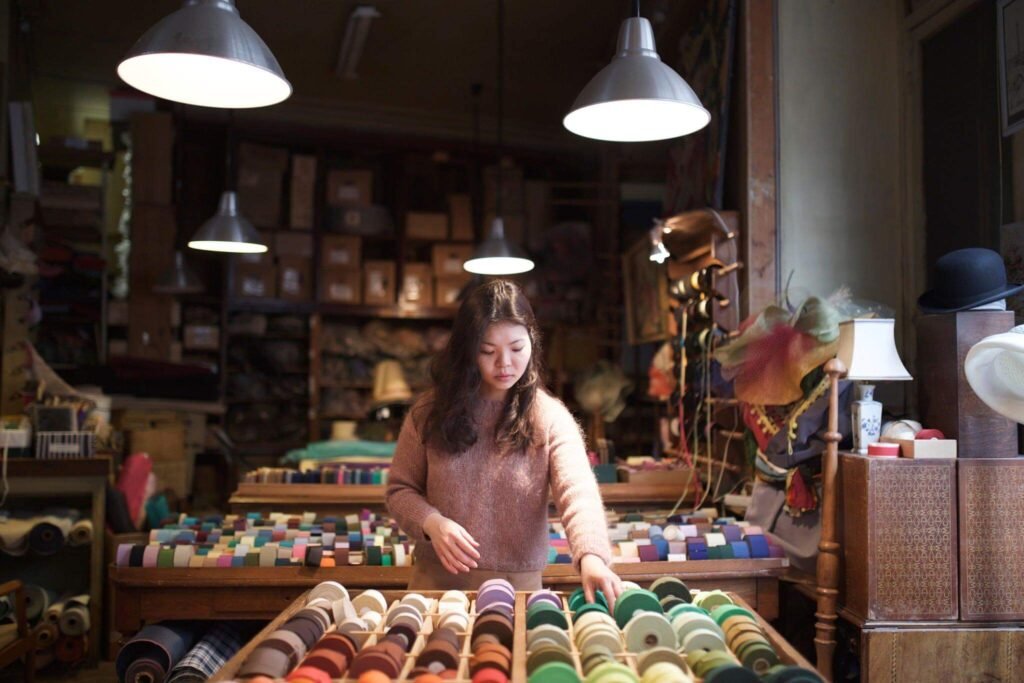
The Process of Making Clothes
Garments Design
Making clothes is the most important part of making yarn, which is known as the “mother” of the process of making textiles. The process of making clothes starts with the design. It could be given by the buyer, or it could be something that needs to be designed in the design section. When the buyer sends in the clothes, the technical sheet is used to start designing them. Both people and machines do these things.
Pattern Making
All garments are made by the pattern master based on the garment’s design, technical sheet, and artwork. But now, it could be done by a machine that does it all by itself. The pattern is a piece of hard paper where you can sketch or draw the different parts of clothing based on standard body measurements. It’s often called a basic block or a block pattern.
Sample Making
After making a perfect pattern, a full sample of the clothing is made to show that it meets the buyer’s needs. If the sample meets the buyer’s needs and is approved by the buyer, it is called an “approved sample.” The goal of making a perfect sample is to see if the detailed instructions for making the whole garment are correct or not.
Making production plans
The approved sample is made first, and then the counter sample is made. When making a production pattern, an extra measurement is added to the exact or actual measurement. This is called an allowance. Allowances are important for mass production, and they can be added by hand or by computer.
Grading
Production grading is an important part of making sure that the size ratio of bulk garments stays the same. It’s graded based on what the buyer wants. Grading is the process of adding to or taking away from a block or master pattern in small steps to make different sizes or patterns.
Marker making
A marker is a thin piece of paper that has every part of an outfit written on it. Making a marker makes the cutting process go more smoothly.
Spreading the fabric
One of the most important steps in making clothes is spreading the fabric. During the process of laying fabric, certain rules are followed. Fabric lying is another name for fabric spreading.
After a process called “fabric relaxing,” it’s done. It helps keep the fabric from getting stretched out at different stages and stops it from shrinking.
To cut the fabric right, it is spread out on a long table. At the moment, most fabric spreading in garment factories is done by machines.
But even so, it takes skilled people to spread fabric the right way.
Cutting cloth
The marker needs to be used to cut the fabric. It’s the most important thing you have to do in the cutting room. The first step is;
-
- To lay out the fabric, mark it, and then cut it.
- Once the fabric is cut, you can’t take it back.
- If something goes wrong with the cutting, it affects the sewing.
- A sharp blade is used to do the cutting.
- It could be a system that is run by hand or by a computer.
Cutting, Sorting, And Packing Parts
After the parts have been cut without a mistake, they are sorted by the bundle tag.
The bundle tag is a way to tell what part of the fabric is in the bundle. In a single step of making a garment, it may not be necessary to number, sort, and bundle. Then it gets bundled up and sent to the next step of the process.
Sewing
Putting together clothes is all about sewing. All of the pieces of fabric that are cut out are joined together by sewing. After putting together all the parts of the clothes, they were sewn. Today, it is done by hand and depends on the skills of the person doing it.
Inspection of Clothes
The final inspection of a garment is an important part of QC, which stands for quality control. The best factory for making clothes is shown by the best QC section. After clothing or garments are finished, they are checked to see where they went wrong.
QC is the most complicated part because the inspection could decide how good a garment is.
Spot Removing, Ironing, and Finishing
Using QCS and stickers to find production defects. Then it was taken to the area for spot cleaning. Where clothes are cleaned with hot water, steam, or chemicals that take out stains. The next step is to iron and fish it by hand.
Final Check-Up
A final check for quality control is an inspection based on what the buyer wants. Sometimes the buyer’s agents did it. Every final inspection and quality check is done by hand.
Clothing Packing
Then, with the help of accessories, the clothes are packed. It’s packed here using the poly bag that the buyer asked for. Packing clothes can be done by machine or by hand.
Distorting and Shipping
After the clothes are packed, cartooning is done to protect them from getting damaged. By following the buyers’ instructions, every piece of clothing needs to fit the cartoon. Then it’s time to ship. Most of the clothes are sent to the buyer from the seaport.

